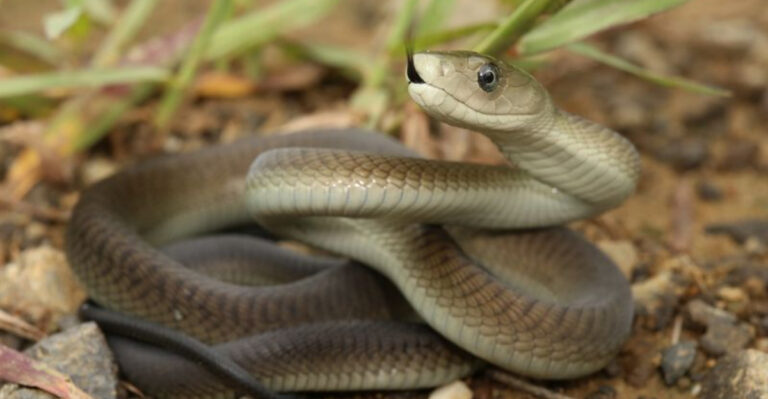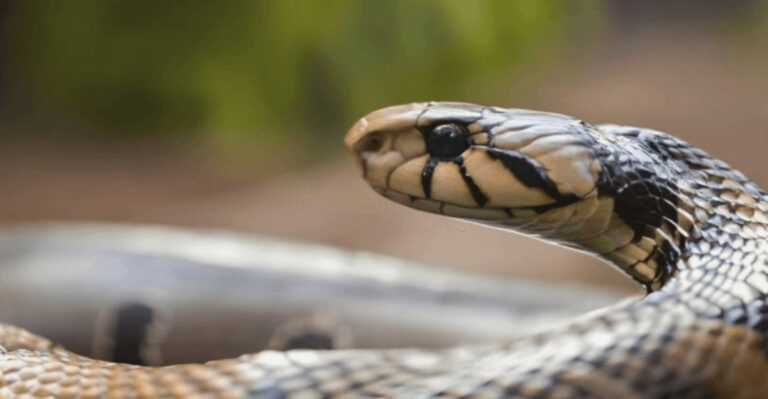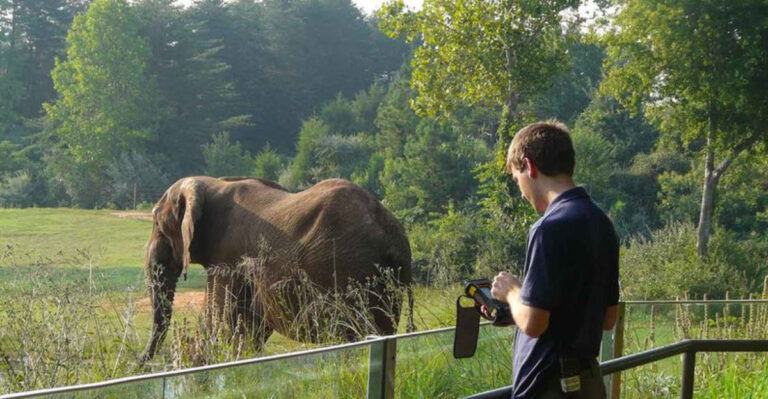The 15 Most Dangerous Animals Found In U.S. National Parks
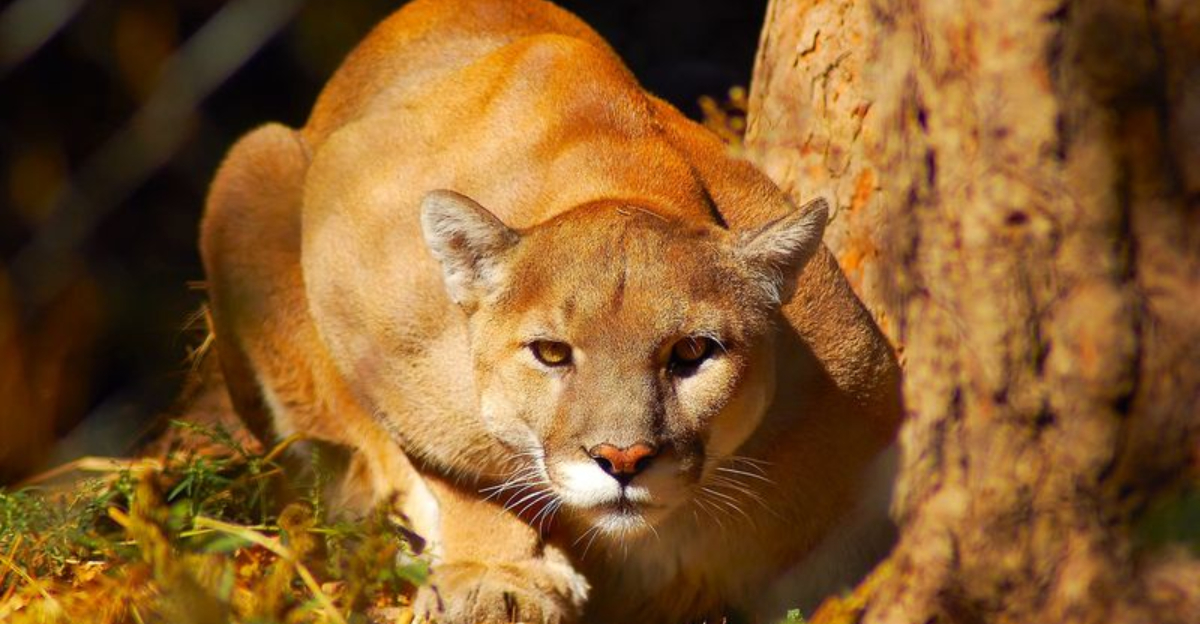
Exploring America’s national parks offers breathtaking landscapes and unforgettable wildlife encounters.
However, these natural paradises also house creatures that demand our respect and caution. Here’s your essential guide to the wild residents you should admire from a safe distance.
1. Grizzly Bears

Standing nearly 8 feet tall when upright, grizzlies command immediate respect throughout Yellowstone and Glacier National Parks. Their massive frames and incredible strength make them apex predators capable of running at speeds up to 35 mph.
Despite their intimidating presence, these bears typically avoid humans unless startled or protecting cubs. Always carry bear spray, make noise while hiking, and properly store food to minimize dangerous encounters.
2. Rattlesnakes
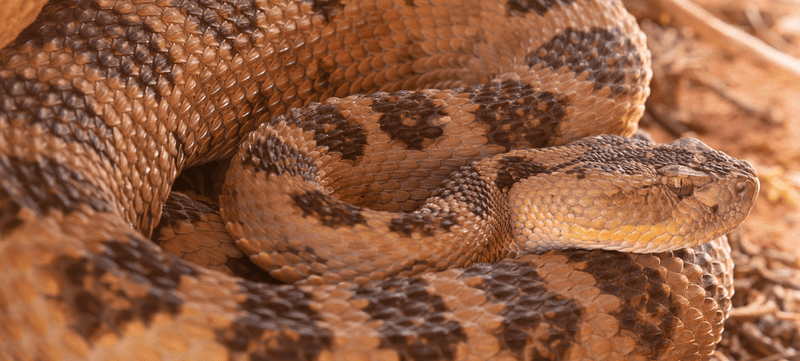
Rattlesnakes slither through numerous parks, from Grand Canyon to Saguaro. Their heat-sensing pits detect warm-blooded prey with remarkable precision, while venom-delivering fangs can cause severe tissue damage, pain, and potentially death if left untreated.
Listen for their distinctive warning rattle when hiking desert trails. Stick to cleared paths, wear sturdy boots, and watch where you place hands when climbing. Remember: most snakebites occur when people try to handle or harass these reptiles.
3. American Bison

Weighing up to 2,000 pounds, bison may appear docile but injure more Yellowstone visitors than any other animal. These massive creatures can charge without warning, reaching speeds of 35 mph in seconds.
Many injuries occur when tourists approach too closely for photos. Park regulations require staying at least 25 yards away for good reason. Flicking tails, pawing ground, or raised heads signal agitation—your cue to back away slowly. Never turn your back or run from an agitated bison.
4. Mountain Lions

Mountain lions patrol vast territories throughout western parks like Yosemite and Olympic. These solitary hunters prefer ambushing prey, relying on stealth rather than speed for successful kills.
Encounters with humans remain extremely rare, as these cats typically avoid people. If you do meet one, maintain eye contact, make yourself appear larger, speak firmly, and back away slowly. Never run—this triggers their chase instinct. Keep children close when hiking in mountain lion territory.
5. Timber Wolves
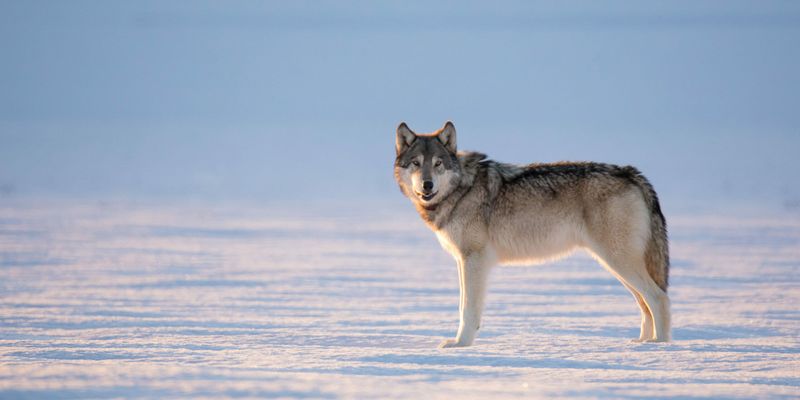
Gray wolves prowl Yellowstone and Isle Royale after successful reintroduction programs restored these intelligent pack hunters to their native ranges. Powerful jaws, keen senses, and cooperative hunting strategies make them formidable predators.
Human attacks remain extraordinarily rare—wolves typically avoid people entirely. The greater danger comes from approaching habituated wolves or their dens. Maintain distance from any wild canids, never feed them, and properly secure food when camping in wolf territory.
6. Black Bears
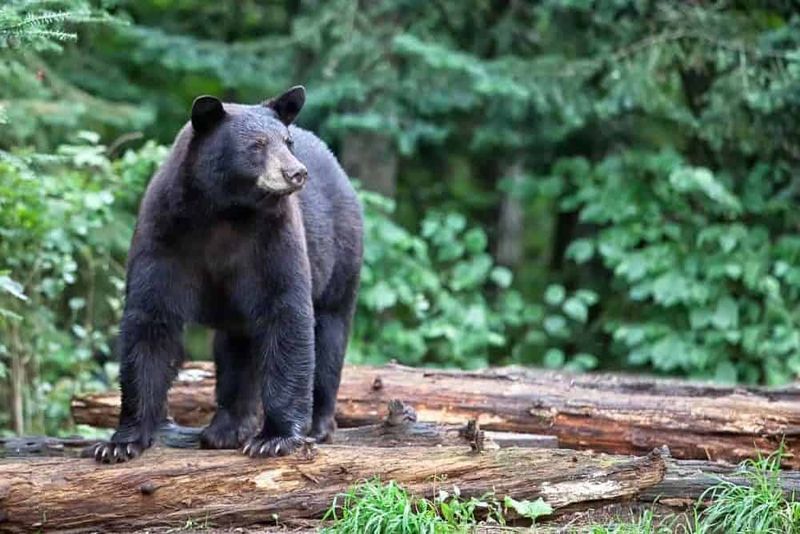
Black bears roam throughout parks from Shenandoah to Olympic, displaying remarkable adaptability and problem-solving skills. Though smaller than their grizzly cousins, these omnivores still pose significant dangers when habituated to human food.
Food-conditioned bears often become aggressive, leading to property damage and occasionally attacks. Never approach cubs—protective mothers become instantly dangerous. Store food properly in bear canisters or designated lockers, and carry bear spray when hiking in bear country.
7. Moose
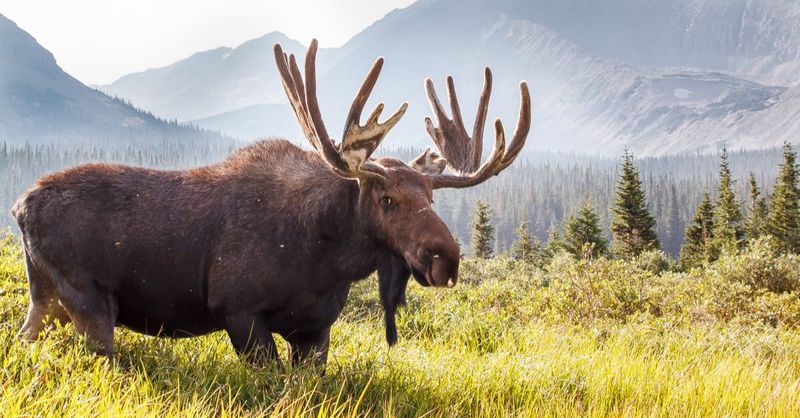
Towering at nearly 7 feet tall and weighing up to 1,500 pounds, moose dominate wetland areas in parks like Denali and Isle Royale. Their massive size belies surprising speed and agility when threatened.
Bull moose become particularly aggressive during fall mating season, while cows fiercely protect calves in spring. Warning signs include laid-back ears, raised hackles, and licking lips. If charged, put solid objects between you and the moose immediately—these giants won’t hesitate to trample perceived threats.
8. Coral Snakes
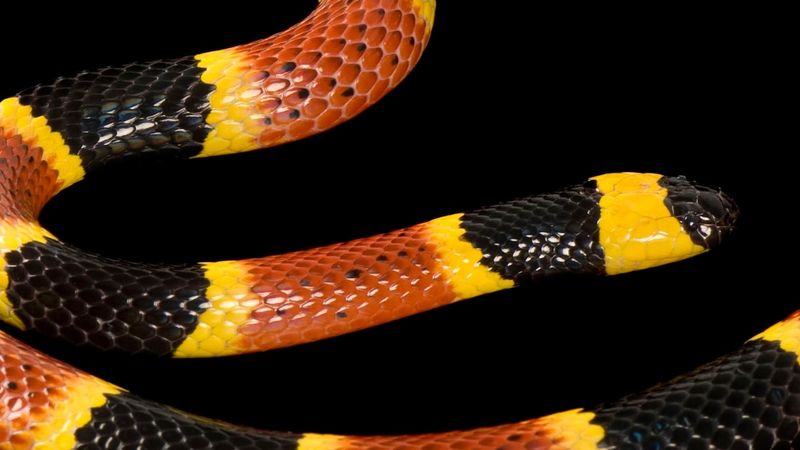
Brilliantly banded in red, yellow, and black, coral snakes inhabit southern parks like Everglades and Big Bend. Their neurotoxic venom attacks the nervous system, potentially causing respiratory failure without prompt medical treatment.
Unlike rattlesnakes, these elapids lack warning mechanisms before striking. Their shy nature means encounters remain rare, but their potent venom demands caution. Remember the rhyme: “Red touch yellow, kill a fellow; red touch black, venom lack” to distinguish them from harmless mimics.
9. Alligators
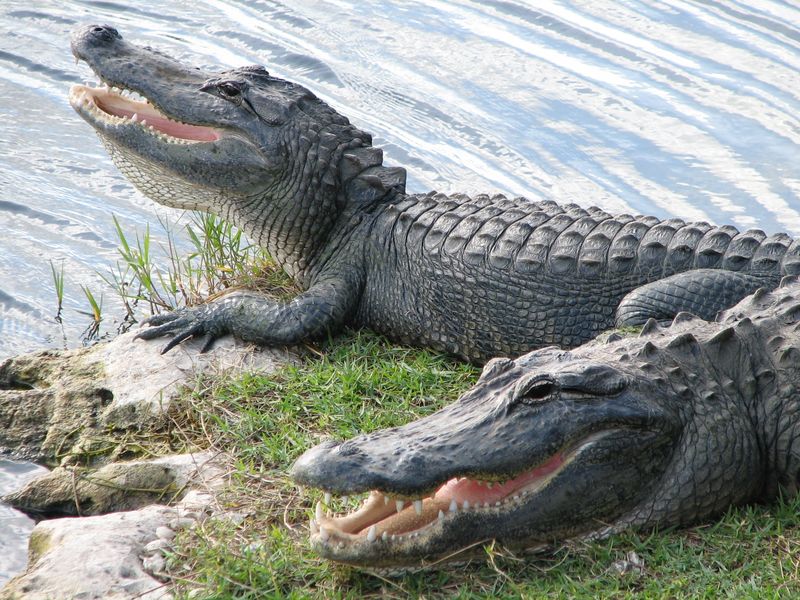
American alligators rule wetlands throughout Everglades and Big Cypress National Preserve. These prehistoric reptiles can exceed 13 feet in length, with massive jaws capable of delivering bone-crushing bites.
Never swim in unmarked waters in alligator territory, especially at dawn or dusk when they actively feed. Keep pets leashed near water edges, as they resemble natural prey. Female alligators aggressively defend nests during breeding season, so give wide berth to any suspected nesting areas.
10. Elk
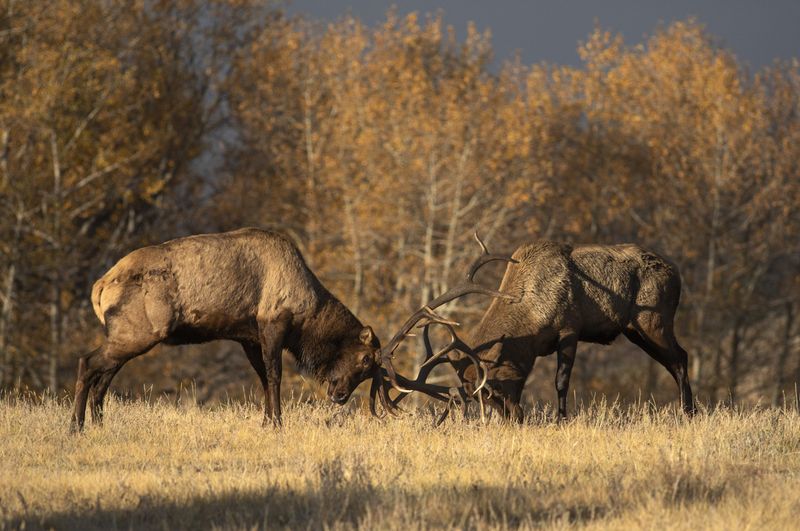
Magnificent bull elk transform from placid grazers to territorial combatants during autumn rut in Rocky Mountain and Olympic National Parks. Males weighing up to 700 pounds battle rivals with massive antlers, completely oblivious to nearby humans.
Bulls collect harems of females they’ll aggressively defend against all perceived threats—including park visitors. Maintain at least 50 yards distance year-round, especially during September and October when hormones peak. Never position yourself between males and females during mating season.
11. Scorpions
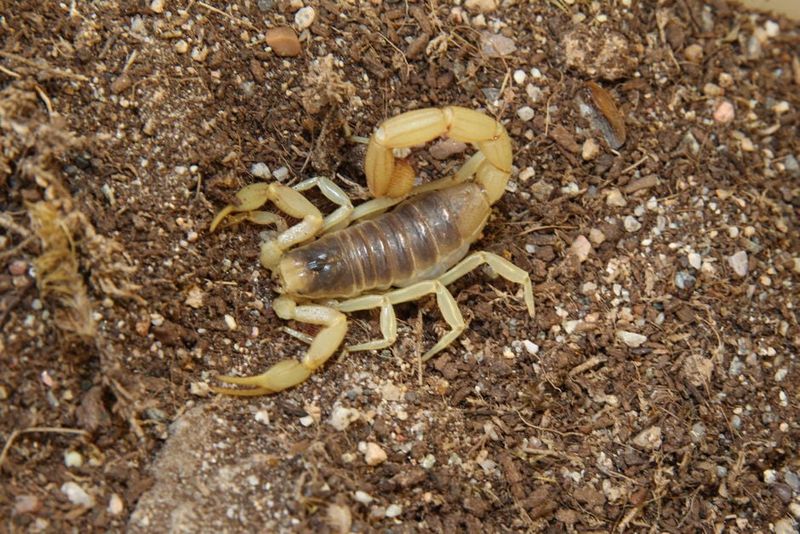
Bark scorpions lurk throughout desert parks like Joshua Tree and Saguaro, hiding under rocks and logs during daylight. Their painful stings rarely prove fatal to healthy adults but can cause severe reactions in children or allergic individuals.
Always shake out shoes and sleeping bags before use when camping in scorpion territory. Wear closed-toe footwear after dark, and use a UV flashlight at night—scorpions glow brightly under ultraviolet light. Most stings occur when scorpions are accidentally pressed against skin.
12. Sharks

Several coastal national parks like Channel Islands and Cape Hatteras protect waters frequented by various shark species. Great whites, bulls, and tigers occasionally patrol these protected shorelines, drawn by abundant marine life.
While shark attacks remain statistically rare, basic precautions enhance safety. Avoid swimming at dawn, dusk, or night when sharks feed most actively. Stay out of water if bleeding or menstruating. Don’t wear shiny jewelry that might resemble fish scales underwater.
13. Brown Recluse Spiders
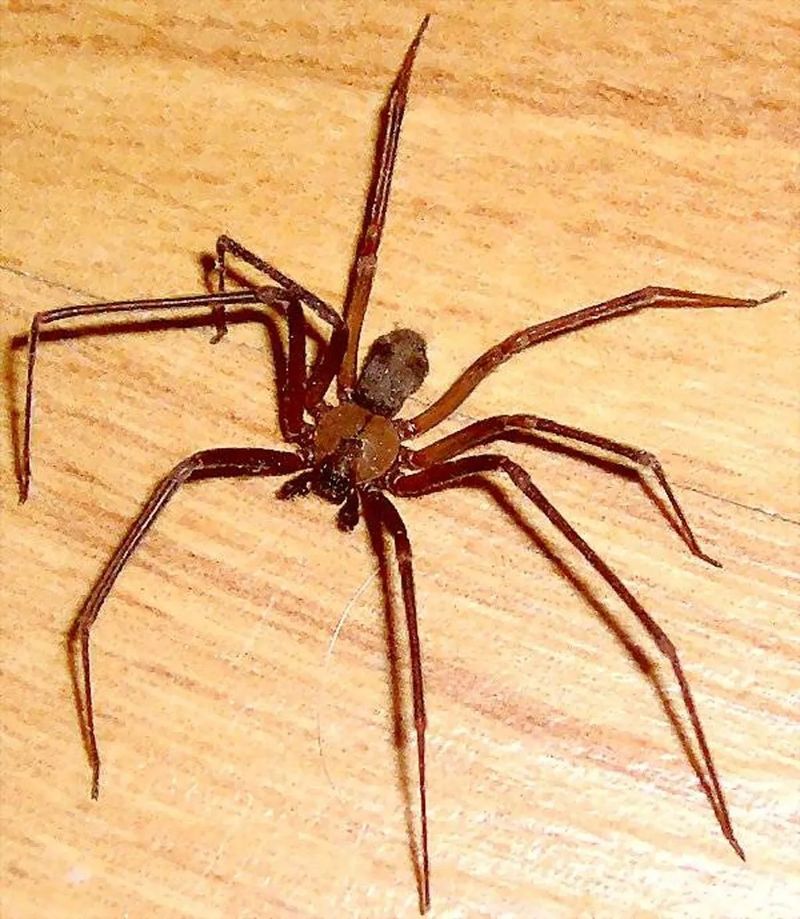
Brown recluse spiders inhabit caves and structures throughout Hot Springs and Mammoth Cave National Parks. Their venom contains enzymes that destroy surrounding tissue, potentially causing severe wounds that heal slowly and may require medical intervention.
These small brown spiders prefer dark, undisturbed areas like woodpiles, unused cabins, and storage boxes. Check bedding before sleeping in park cabins, shake out stored clothing, and wear gloves when handling firewood. Their violin-shaped marking provides key identification.
14. Wild Boars
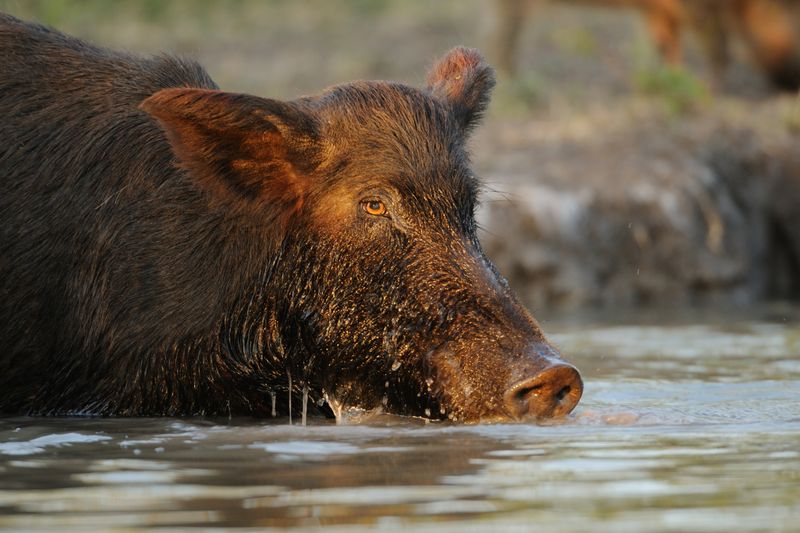
Feral hogs tear through southern parks like Great Smoky Mountains and Big Thicket, causing ecological havoc with their rooting behavior. Adults can weigh over 200 pounds, sporting sharp tusks capable of inflicting serious wounds.
Sows become particularly dangerous when piglets are present, charging perceived threats without hesitation. If confronted, climb a tree or sturdy object—boars can’t climb but can run surprisingly fast. Avoid areas with fresh rooting signs or tracks.
15. Coyotes
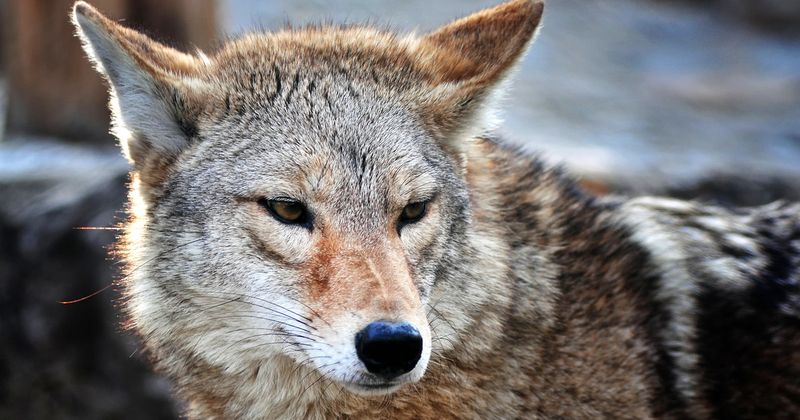
With their eerie howls echoing through the night, coyotes are both intriguing and intimidating. Known for their adaptability, these canines thrive in various environments, including national parks. Their opportunistic feeding habits make them a potential threat, especially when food is left unsecured by campers.
Coyotes are highly intelligent and capable of hunting in packs, which increases their danger to both wildlife and humans. While attacks on people are rare, increased human-coyote interactions have raised concerns. Vigilance and proper food storage are essential to mitigate risk.


